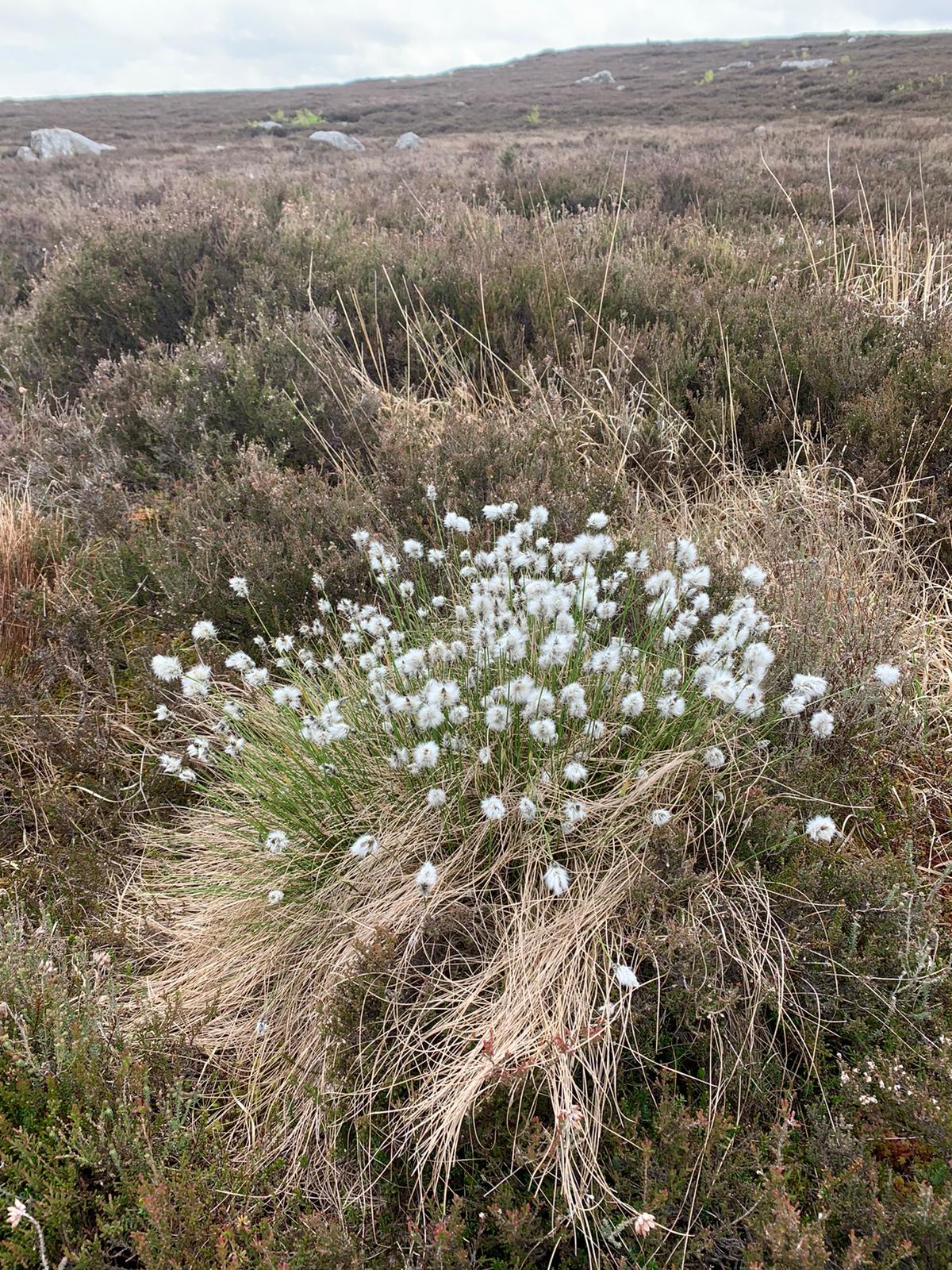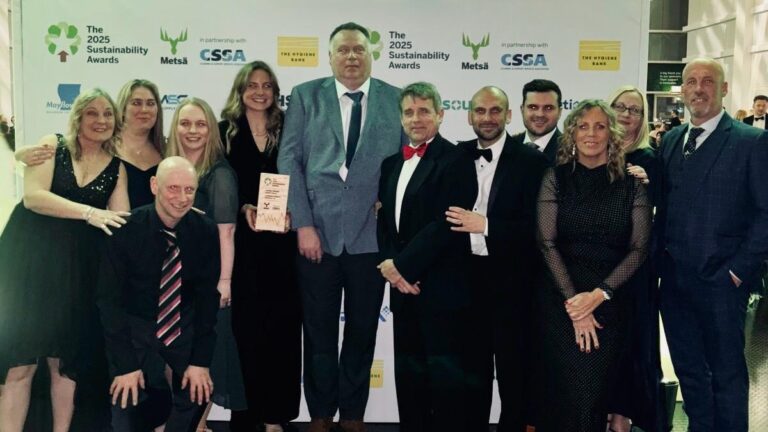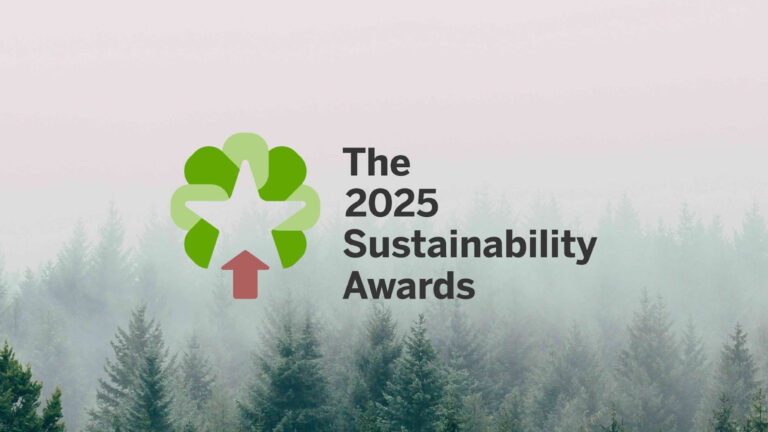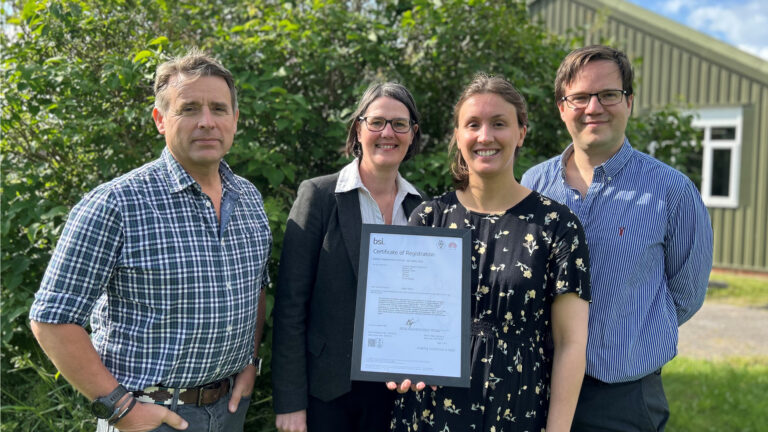On World Environment Day (WED), Landmarc’s Sustainability Manager Derek Walter and Rural Estate Delivery Manager Duncan Glen reflect on Landmarc’s role in maintaining and promoting the ecosystem of the unique and important landscape of the 190,000 hectare Defence Training Estate, which we are proud to support in partnership with the Defence Infrastructure Organisation (DIO).

Pictured above: This Hare’s Tail Cotton Grass is a species that is unique to peat bogs and is found in abundance across many of the peatlands on the Defence Training Estate.
World Environment Day is celebrated annually on the 5 June and is one of the biggest days in the environmental calendar. Its aim is to raise awareness of the common goal of protecting the planet. This year’s theme of ‘ecosystem restoration’ focuses on preserving the variety of amazing habitats that already exist and calls for urgent action to revive our damaged ecosystems.
Derek Walter, Sustainability Manager says, “In the words of WED itself, ‘from forests to peatlands to coasts, we all depend on healthy ecosystems for our survival. Ecosystems are defined as the interaction between living organisms – plants, animals, people – with their surroundings. This includes nature, but also human-made systems such as cities or farms…but we are losing and destroying the foundations of our survival at an alarming rate.’
Rates of destruction
“They also say that ‘over 4.7 million hectares of forests – an area larger than Denmark – are lost every year. That’s one football pitch every three seconds. Over half of the world’s wetlands have disappeared in the last century.
“Ecosystem loss is depriving the world of carbon sinks, like forests and peatlands, at a time humanity can least afford it. Global greenhouse gas emissions have grown for three consecutive years and the planet is on pace for potentially catastrophic climate change.
“The emergence of COVID-19 has also shown just how disastrous the consequences of ecosystem loss can be. By shrinking the area of natural habitat for animals, we have created ideal conditions for pathogens – including coronaviruses – to spread.
“But we can build back better’.
The ecosystem of the Defence Training Estate
“The MOD’s Defence Training Estate (DTE) is located across a wide range of habitats, from peat-based upland moors to chalk grassland and coastal dunes. It comprises 169 SSSI/ASSIs, some 22 million trees, 70,000 hectares of nature conservation sites, 20,000 hectares of woodlands and 1,600 of wetlands, all covering around one per cent of the UK landmass. The sustainability of the Training Estate is influenced by the MOD’s Climate Change and Sustainability Strategic Approach, which sets out the threats posed by climate change and how Defence must work to mitigate its impact through three interlocking ambitions; adaptation and resilience, sustainability and net zero, and global leadership. This is supported by Landmarc’s own Sustainability Strategy, which is aligned to the United Nation’s Sustainable Development Goals and is helping us to play a pivotal role in helping to minimise the environmental impact of training activities, while addressing carbon sequestration and biodiversity as key priorities.”
The importance of protecting and restoring DTE’s peatlands
Duncan Glen, Landmarc’s Rural Estate Delivery Manager works closely with DIO to balance the requirement to ensure a safe place to train for our Armed Forces with the development of natural capital and climate resilience initiatives across the Training Estate. He says, “Work to manage existing woodlands sustainably and plant new woodlands are certainly helping to reduce human impact on climate change but the protection and restoration of peatlands could be an even more effective weapon in the arsenal and there are a range of techniques available to effectively reverse historic and current habitat damage which are outlined below.
“Many of the remaining peatlands are legally protected for their nature conservation importance and are home to species such as the Bog Orchid, large and small-leaved Sundews which are insectivorous plants and the Large Heath butterfly, the caterpillars of which feed almost exclusively on Hare’s Tail Cotton Grass which is another species unique to peat bogs.
Carbon sequestration value of peat bogs
“Peat is formed in cool, waterlogged, acidic environments and is made up of vegetation that is adapted to these harsh conditions, particularly the various species of sphagnum moss which decays very slowly and eventually is compressed under the weight of water and dead plants above to become peat. This incredibly slow rate of decay traps carbon in the plants and locks it into the ground. It takes a century for 10cm of peat to form and it has been calculated that, although peatlands only cover three per cent of the Earth’s surface, they hold almost 30 per cent of carbon within the soil.
“It is no coincidence that parts of the Training Estate have significant areas of peatlands, in fact, the UK as a whole supports 13 per cent of the blanket bog in the whole world! Historically, by the nature of the business of military training, large areas of land such as Sennybridge, Otterburn, Leek, Dartmoor and Catterick were acquired in remote uplands and with them came ownership and stewardship of these incredible and unique habitats.
“Peat bogs also have a peculiar military relevance in that sphagnum moss is incredibly absorbent and mildly antiseptic so was collected in vast quantities, dried and sent to the Western Front during the First World War for use as field dressings.
“Sadly, the peatlands that we now recognise as vital habitats and effective sequesters of carbon have been severely degraded particularly over the last century. Traditional uses such as cutting and drying peat for domestic fuel use will have had little lasting impact but large scale drainage for commercial forestry and to provide better livestock grazing particularly through the 1950s and the 1960s have led to the loss and degradation of significant areas of land and the irreversible loss of previously locked up carbon into the atmosphere.
Re-activating the natural processes of peat formation
“However, all is not lost. DIO are in the process of carrying out extensive studies to understand the nature and extent of peatlands on the Training Estate and this will lead to a series of projects designed to reverse the peatland drying-out which will, in turn, re-activate the natural processes of peat formation and will begin to lock up carbon once again.
“Landmarc fully supports these initiatives and stands ready to work with DIO to deliver the projects required to block up drainage ditches, re-introduce natural vegetation and reduce overgrazing to restore peatlands to their rightful place of importance as a wildlife habitat and as a critical piece in the complicated jigsaw puzzle that needs to be put together if we are to successfully overcome climate change.”
Visit the WED website at https://www.worldenvironmentday.global/ for ideas on what you can do to help revive and protect our ecosystems.




